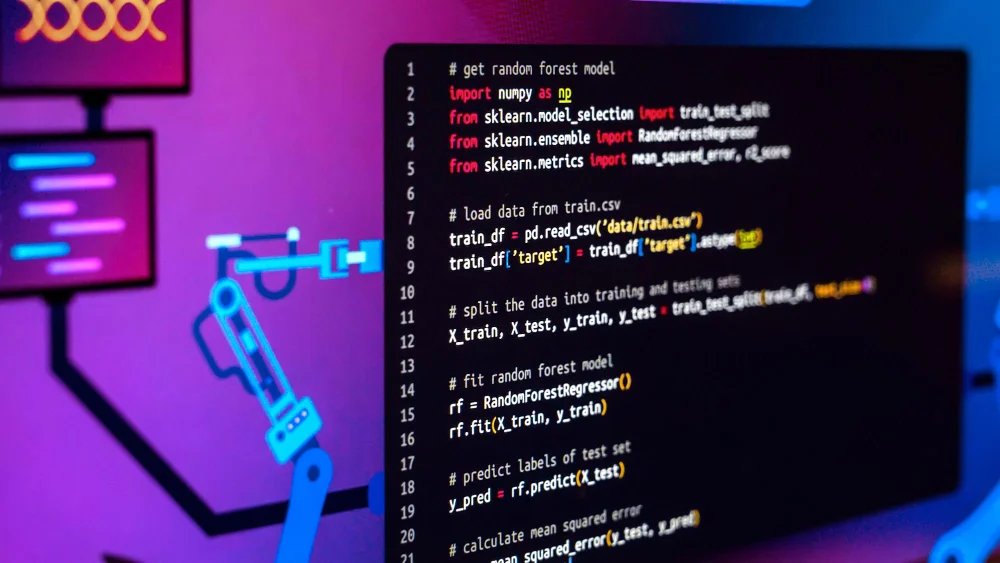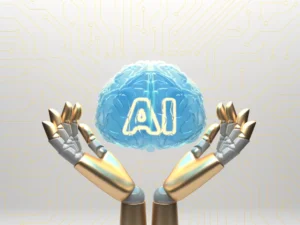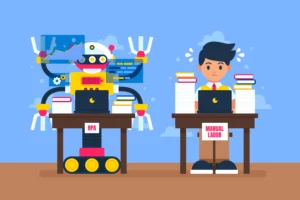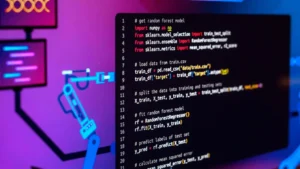Artificial intelligence (AI) has become more than just a tool for automation; it’s now a learning partner, mentor, and code interpreter. Developers, students, and engineers are increasingly asking one important question: Can AI explain code?
The short answer is yes, but how deeply Artificial Intelligence can interpret and explain code depends on the technology behind it. Modern Artificial intelligence models like ChatGPT, Copilot, and DeepCode have made it possible to translate lines of code into natural language, enabling anyone to understand complex logic without years of experience.
In this article, we’ll explore how Artificial intelligence explains programs, why developers depend on it, its limitations, and which tools are leading this revolution.
How Does AI Explain Code?
AI explains code through a combination of natural language processing (NLP) and machine learning algorithms. These systems analyze programming syntax, structure, and logic, then generate readable explanations that describe what the code does.
For instance, when a developer inputs a block of Python program, Artificial intelligence breaks it into smaller parts, identifies variables, loops, and functions, and explains them in simple English. The model has learned this ability from training on massive datasets of both natural language and programming examples.
Key ways AI explains code include:
- Syntax Analysis: Identifies the function of each symbol and keyword.
- Logic Mapping: Understands conditional statements and code flow.
- Semantic Connection: Explains why certain operations occur in sequence.
- Human-Like Summaries: Converts complex logic into plain sentences.
This process helps programmers understand what code does without running it, which saves time and prevents confusion.
Why Developers Rely on AI to Explain Code
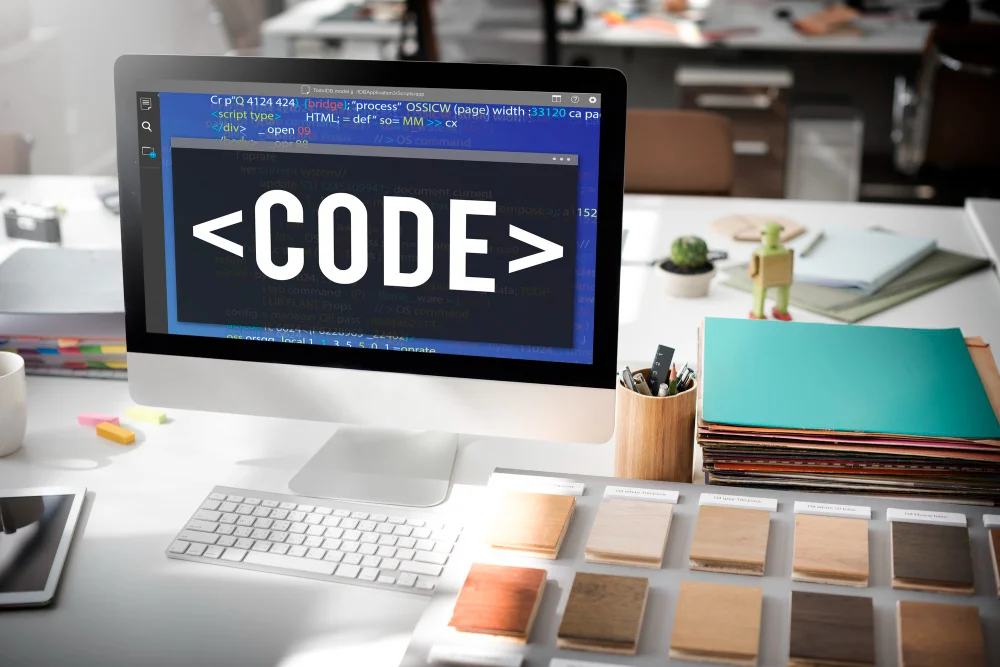
Developers rely on AI for explanation because it enhances efficiency and comprehension. Many teams work with legacy projects that lack documentation, and AI can instantly summarize or describe such codebases.
AI-based explanations are not just for professionals; they’re also transforming how beginners learn. Instead of searching forums or reading technical papers, learners can simply paste a program into an Artificial intelligence tool and receive a clear explanation within seconds.
How AI Understands Programming Logic
When answering “Can AI explain code?”, we must understand how Artificial intelligence processes programming logic. Artificial intelligence models recognize repetitive structures, common function patterns, and data flows. They use transformer-based architectures to analyze sequences, treating lines of program as structured language.
For example, if you input a C++ function that calculates factorials, Artificial intelligence identifies loops, conditions, and recursion. It then explains the purpose, how variables interact, and what the expected output is. Essentially, Artificial intelligence becomes a real-time code tutor.
The Role of AI in Debugging and Documentation
Artificial intelligence doesn’t stop at explaining; it also finds bugs, generates documentation, and optimizes performance. When a piece of programming runs into errors, Artificial intelligence tools like Copilot or ChatGPT can detect logical flaws and explain what went wrong.
Developers can ask Artificial Intelligence to document entire functions or modules automatically, which improves project maintenance and onboarding speed. Artificial intelligence can even generate comments that explain each line’s purpose, something traditional IDEs never offered before.
Practical applications include:
- Auto-generating technical documentation
- Explaining code flow visually
- Identifying redundant or insecure lines
- Suggesting optimization techniques
AI Code Explainer Tools List
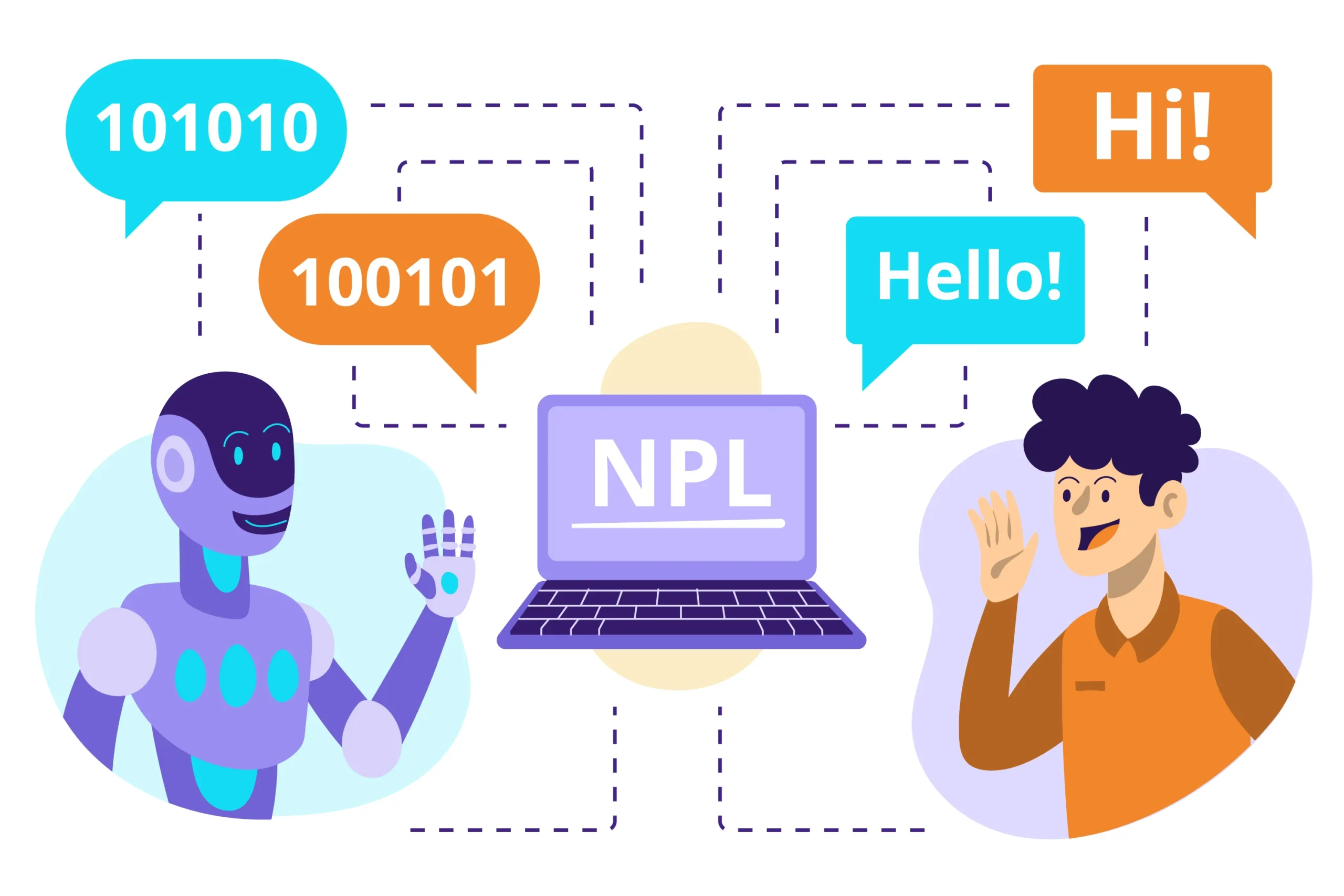
Artificial intelligence is now capable of explaining code in nearly every programming language. Whether you’re analyzing Android apps, working with databases, or designing websites, there’s an AI tool built for your specific need. These systems use NLP and code semantics to translate programming logic into natural text.
AI Android Code
These tools help explain Android development code, mainly written in Java or Kotlin. They describe how activities, fragments, and APIs interact, helping developers maintain cleaner, more efficient mobile apps.
AI C Code
Artificial intelligence explainers for the C language interpret low-level constructs like pointers, loops, and arrays. They make C code easier to follow by explaining each line’s purpose and effect on memory.
AI C++ Code
C++ explainers clarify object-oriented concepts like classes, inheritance, and templates. These tools provide concise, readable summaries of code logic, making debugging and refactoring faster.
AI C# Code
AI-driven C# explainers decode syntax in .NET projects. They simplify complex backend logic, LINQ queries, and asynchronous code, helping developers manage enterprise-level applications easily.
AI CSS Code
Artificial intelligence CSS explainers translate style sheet rules into descriptive summaries. They explain how specific selectors and declarations affect page design, helping web developers refine layouts more precisely.
AI Excel Formula
These Artificial intelligence tools interpret Excel formulas and describe them in natural language. They explain nested functions like VLOOKUP, INDEX, or SUMIF, making spreadsheet analysis easier for non-technical users.
AI HTML Code
AI HTML explainers clarify website structure by interpreting tags, attributes, and hierarchies. They make it simple to learn how pages are organized and how front-end elements interact.
AI Java Code
AI for Java focuses on understanding object-oriented logic, inheritance, and control statements. It converts code into step-by-step human explanations for easy comprehension.
AI JavaScript Code
JavaScript explainers decode web scripts, explaining DOM manipulation, event listeners, and asynchronous functions. They help both front-end and full-stack developers debug faster.
AI jQuery Code
AI jQuery explainers simplify JavaScript libraries by explaining how selectors, events, and animations work. They enhance understanding of dynamic web behaviour.
AI MySQL Query
These tools analyze database queries, explaining how SELECT, JOIN, and GROUP BY statements retrieve and manipulate data efficiently.
AI PHP Code
Artificial intelligence explainers for PHP clarify backend logic in dynamic web applications. They interpret server requests, database connections, and form handling scripts in simple terms.
AI Python Code
Artificial intelligence Python explainers are among the most advanced. They interpret libraries, loops, and conditions and describe their function clearly, ideal for learners and analysts.
AI Regex
These tools break down regular expressions into clear meanings, explaining how patterns match or extract specific text elements.
AI SQL Query
AI SQL explainers convert database queries into easy explanations, making it simpler to visualize data relationships and output structures.
Can AI Replace Human Understanding?
While Artificial intelligence can explain code effectively, it still can’t match human creativity or intuition. Developers often understand context, user needs, and business goals, aspects that Artificial intelligence doesn’t fully grasp yet.
AI provides clarity on how the Program works, but humans interpret why it was written that way.
Together, they create a balanced workflow where artificial intelligence handles the analysis and humans guide innovation for a deeper look at how this synergy fits into modern tools and techniques. Check out our comprehensive guide on Tome AI.
Limitations of AI in Explaining Code
Despite AI’s capabilities, it has limitations. Artificial intelligence can misunderstand context, especially in large multi-file projects or domain-specific frameworks. It can’t always grasp why certain code decisions were made, such as performance trade-offs or security choices.
Common challenges include:
- Limited context awareness: Artificial intelligence can analyze only a portion of code at once.
- Ambiguous naming: Misleading variable names can confuse interpretation.
- Inconsistent accuracy: Some Artificial intelligence explanations may oversimplify logic.
- Privacy concerns: Sensitive code shared with cloud Artificial intelligence tools may risk exposure.
AI is a great guide, but it’s still not a replacement for human reasoning and project understanding.
Future of AI in Code Explanation
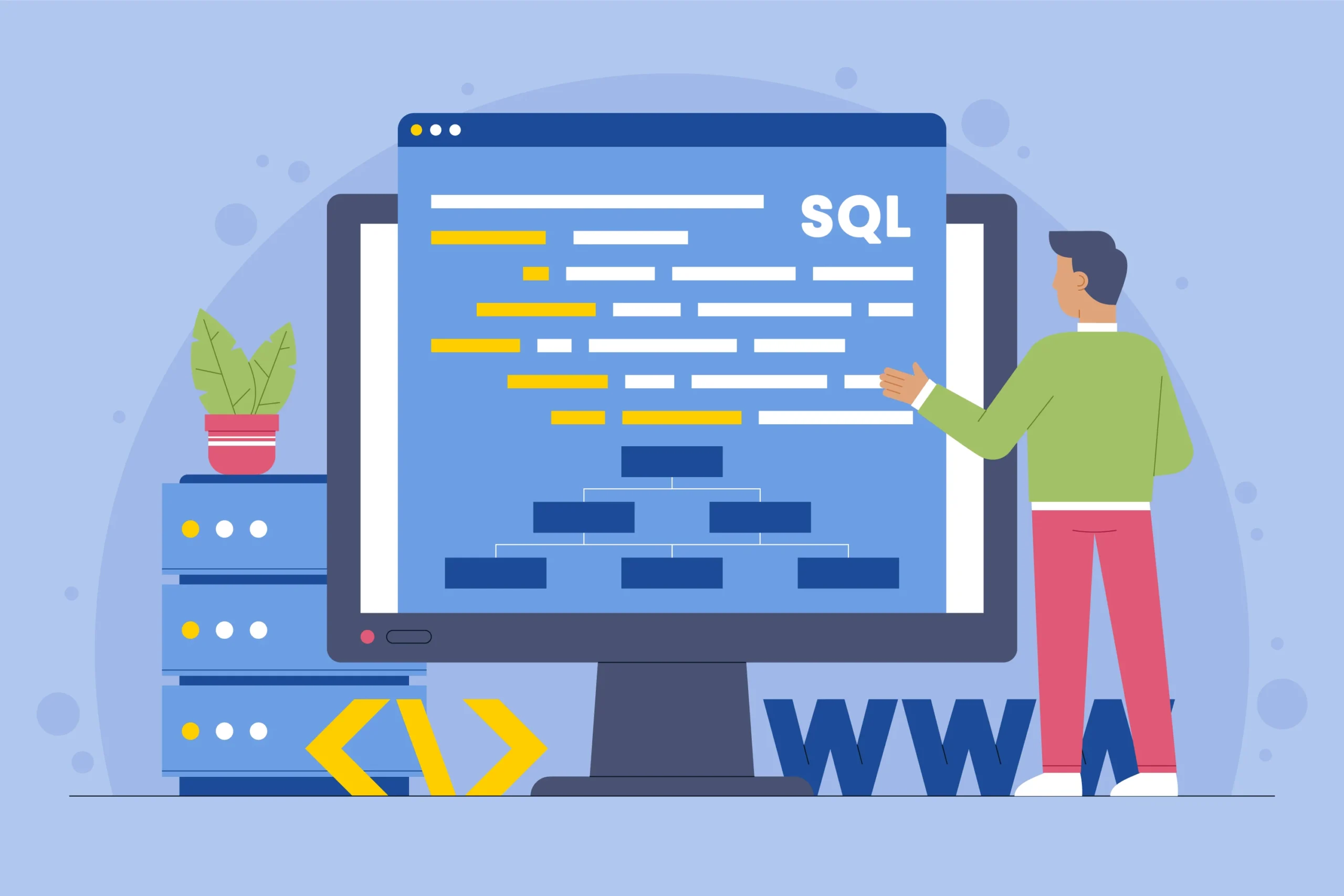
The future of Artificial Intelligence code explanation lies in deeper context awareness and multi-language understanding. Emerging Artificial intelligence models will not only explain code but also visualize logic flows, integrate with IDEs, and predict developer intent.
AI will soon move beyond explanation, becoming a real-time educator that helps humans learn programming as they build it. With multimodal models, Artificial intelligence will connect code, visuals, and documentation seamlessly, bridging the gap between comprehension and creation.
Conclusion
Artificial intelligence has redefined how we understand and interact with programs. From simplifying complex algorithms to explaining each line’s purpose, Artificial Intelligence empowers both beginners and professionals to code smarter, not harder.
As technology continues to evolve, Artificial intelligence code understanding tools will only get more intuitive and precise. They’re not just assistants anymore; they’re partners in innovation, helping developers write, debug, and learn with unmatched efficiency.

